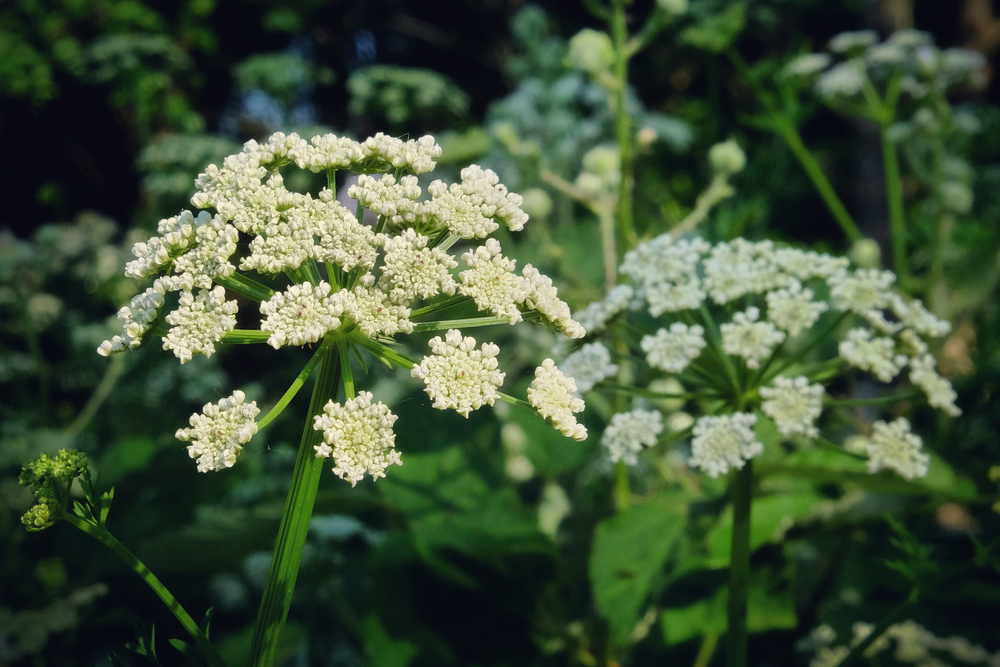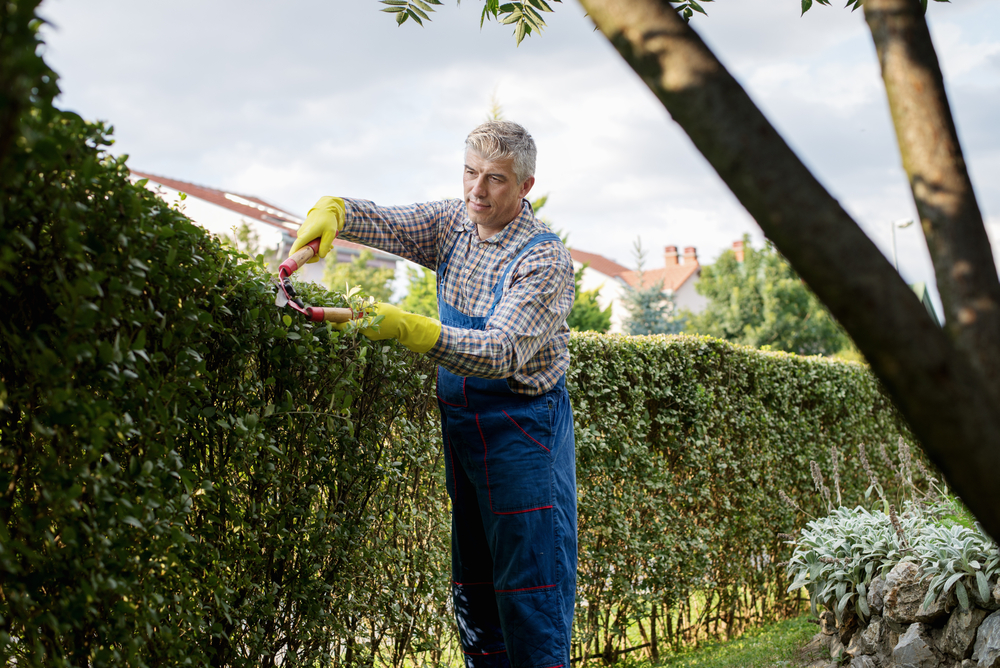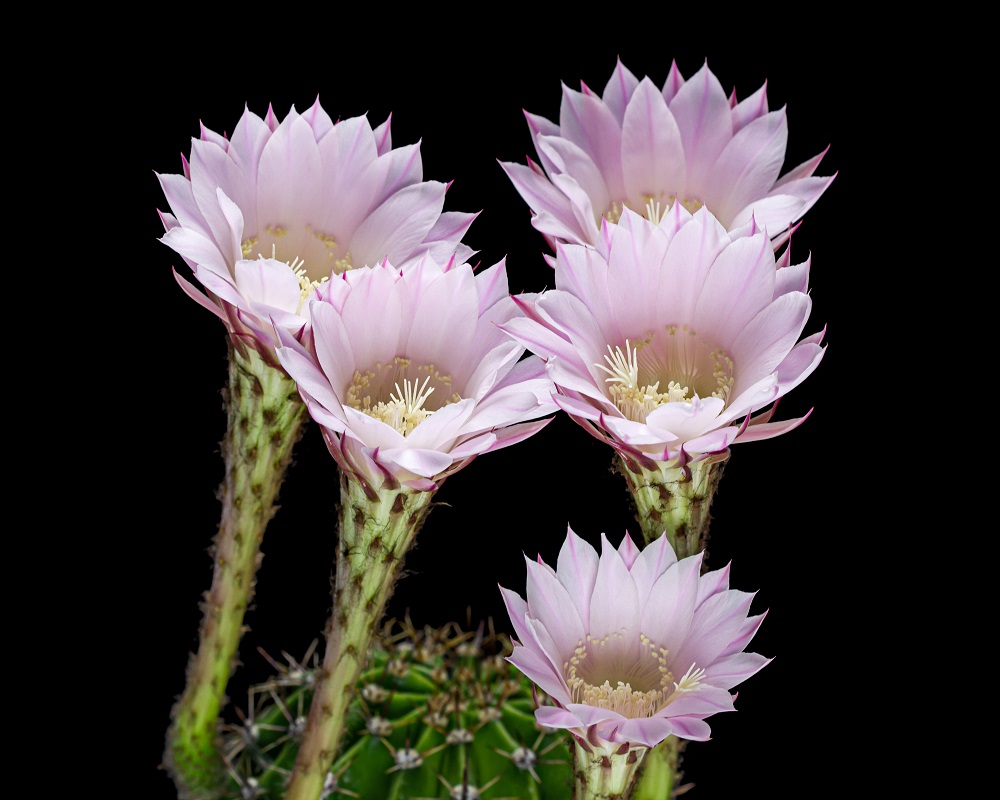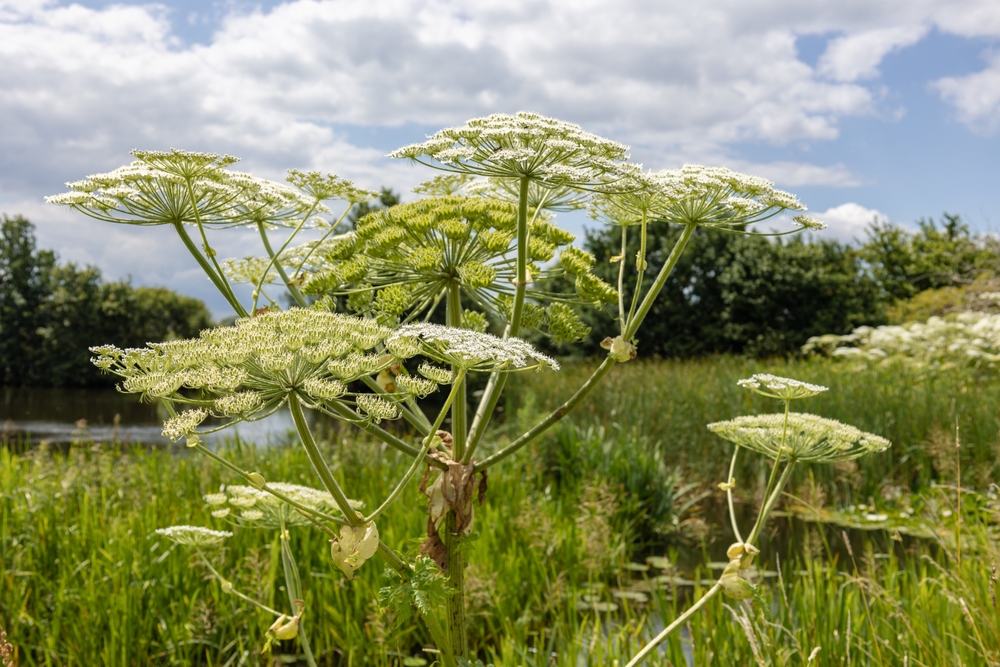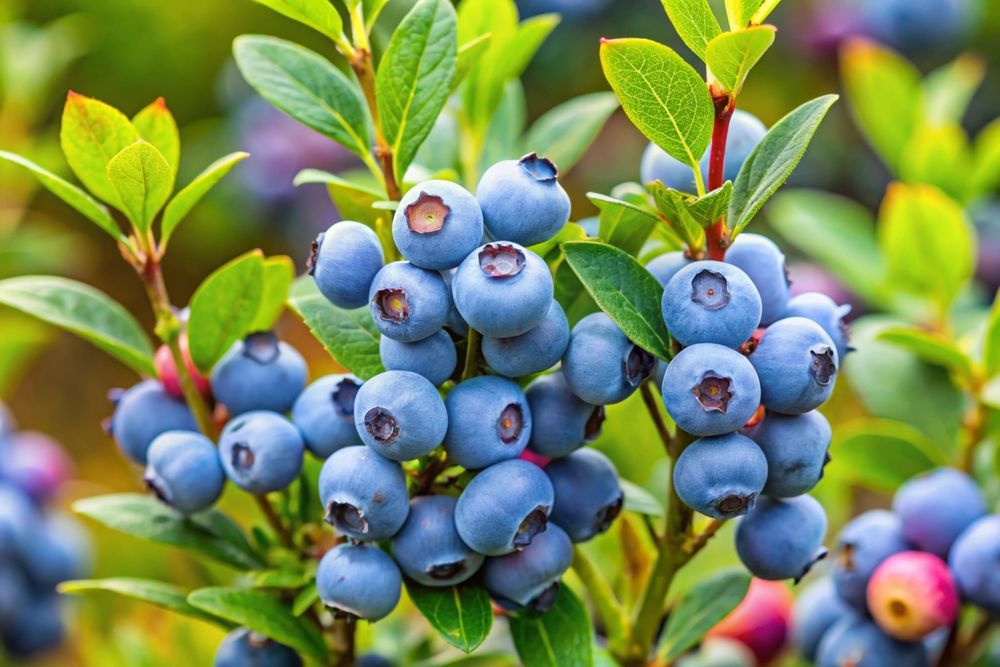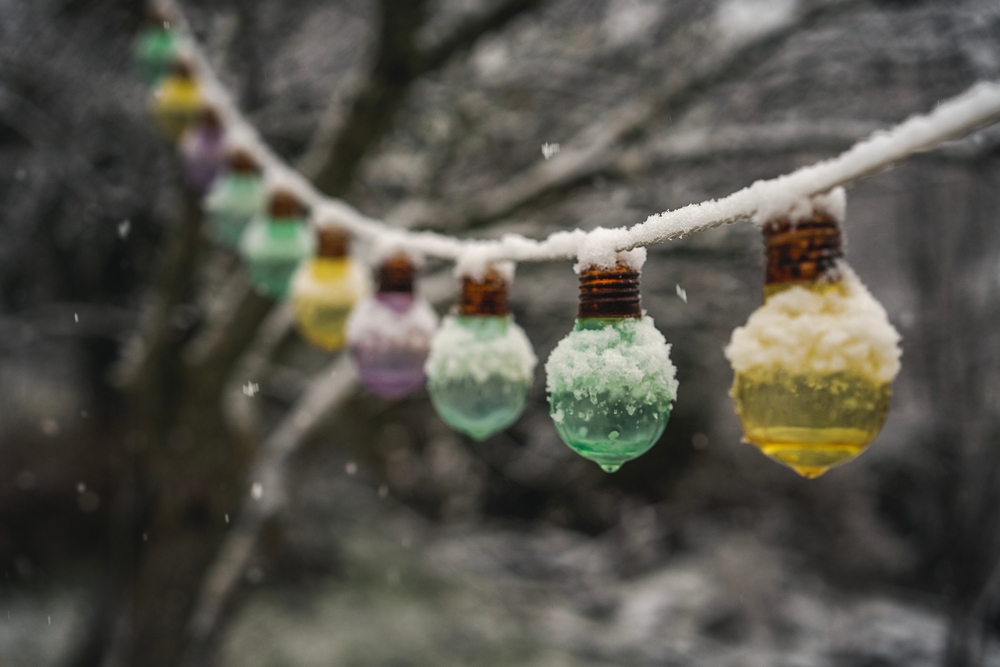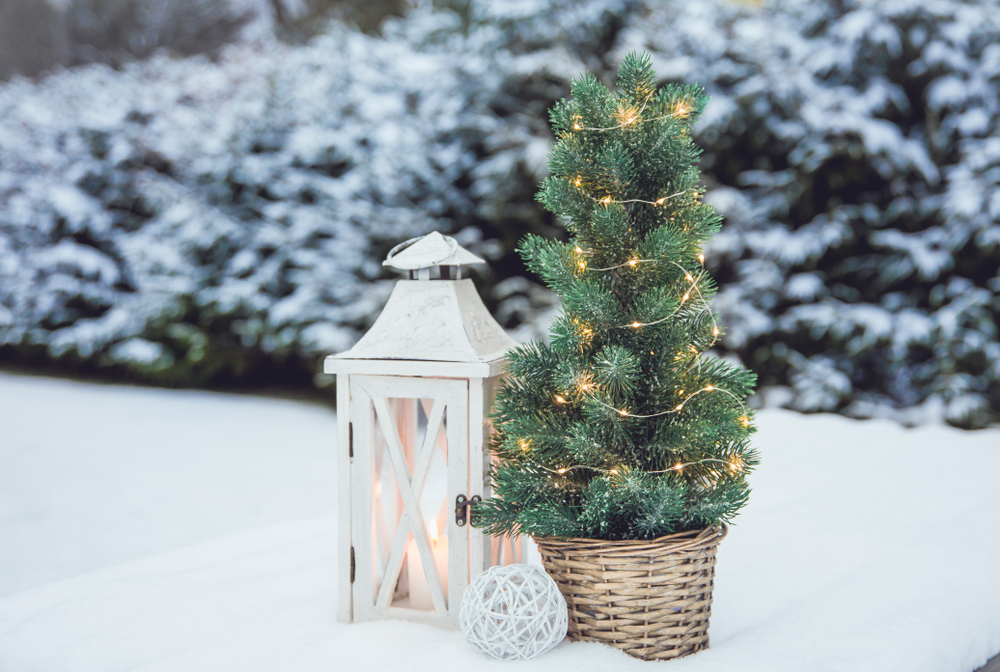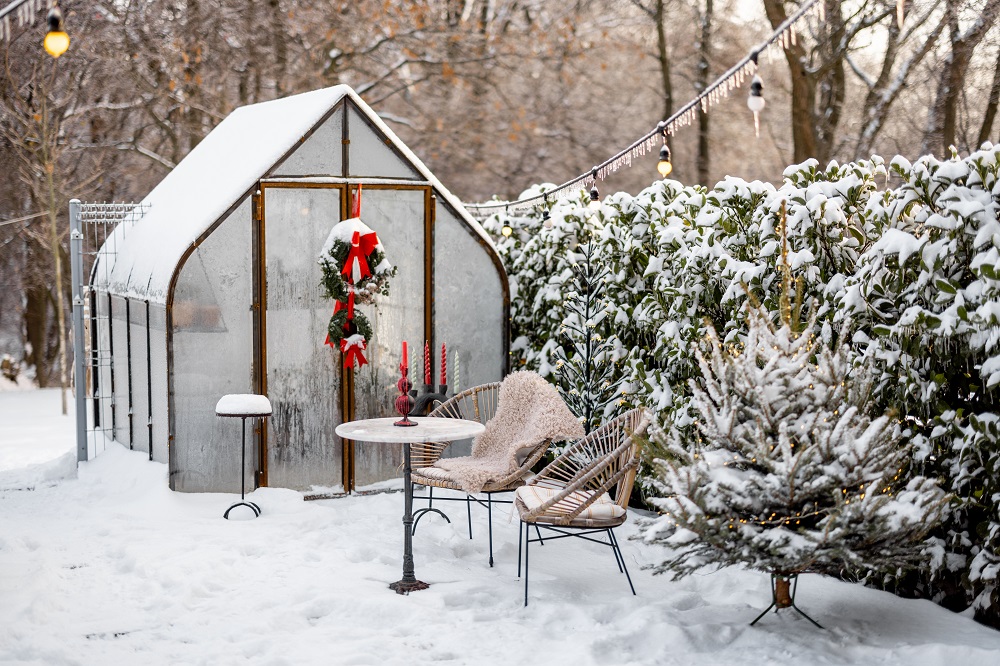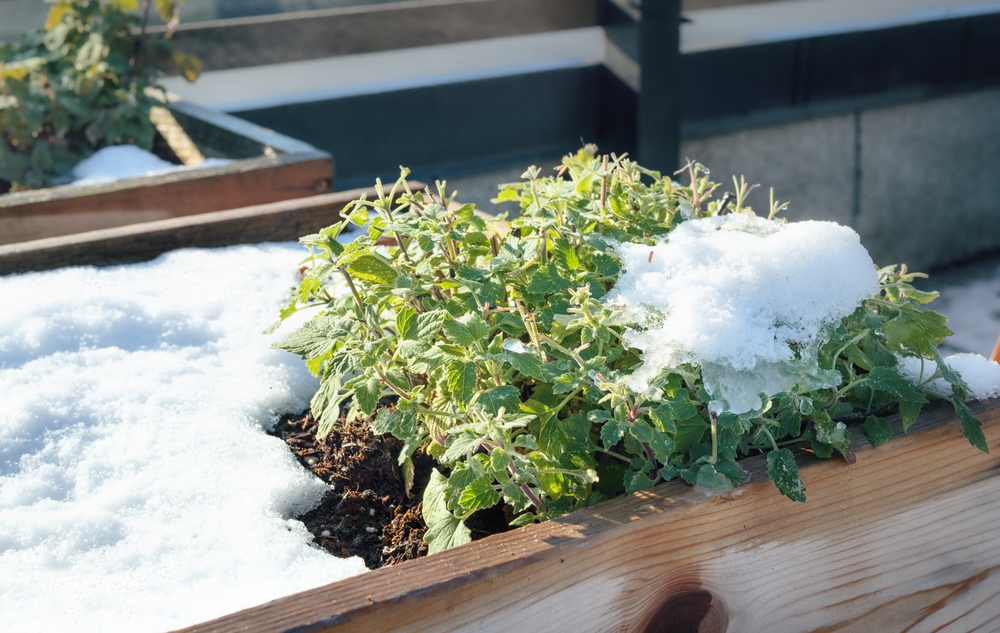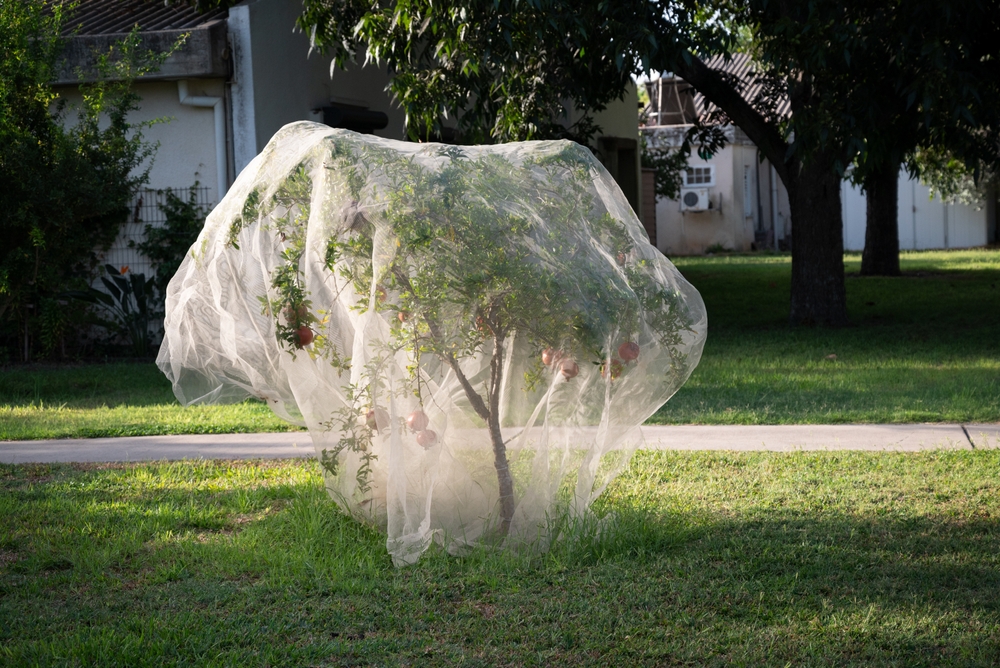Do you need a living fence? Read more about this here!
If beauty and privacy are two things that define you, then a living fence might be what you need in your yard. Traditional fences made from wood, metal, or stone are a good choice, but a living fence is something totally different.
It’s natural, eco-friendly, and a two-in-one solution. It is a fence that is made from pants. It’s the perfect thing you have in your garden! Functional and stunning at the same time, the living fence is a great choice.
Living fences can take many forms, from hedges and climbers to vertical gardens, each offering unique textures, colors, and aromas that will make your garden your favorite space. Also, a living fence is a dynamic feature that evolves with the seasons, giving you a landscape that’s constantly changing and full of life.
Another cool thing about a living fence is its versatility. You can have one in your countryside yard, and you can have one in your small urban garden. It fits well anywhere, and this makes it a perfect design choice.
Ready to get inspired? Read on and find the best ideas!
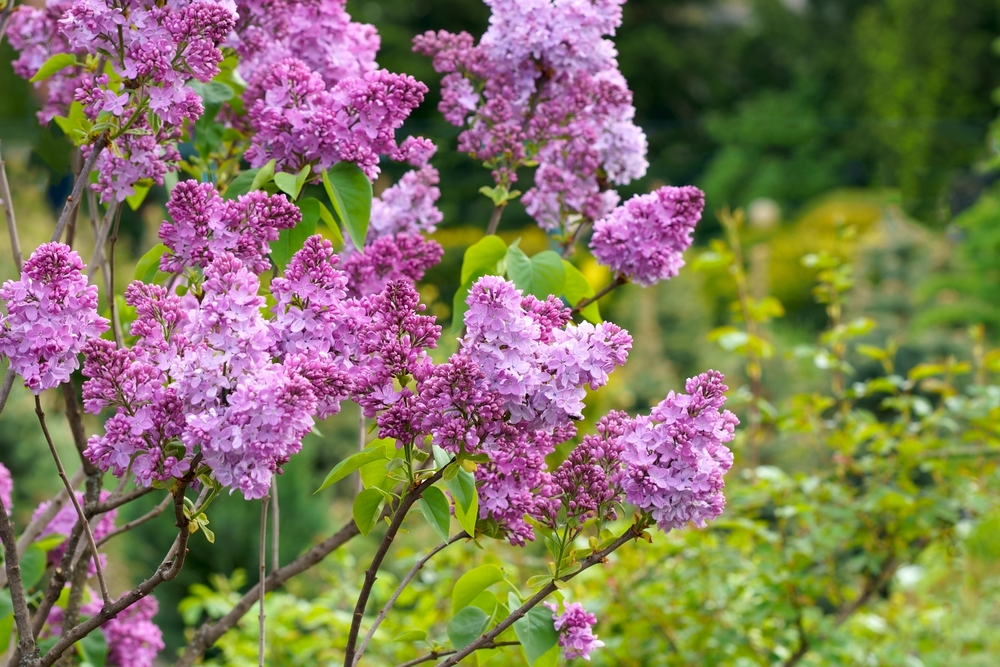
1. Liliacs are perfect when you want color in the spring
If your dream living fence is fragrant and colorful, lilacs are the best flowers for you. They bloom in the spring and stay like this till early summer.
Also, what we think is appealing about them is that they are very versatile since they come in different sizes that allow you to customize your living fence however you want. If you want something more compact, consider the dwarf Korean lilac. This one will grow up to five feet tall, which makes it ideal for lower fencing.
If you are looking for something taller, the ‘Miss Kim’ Lilac is more suitable. This variety can grow around seven feet tall and is more robust. Its blooms start as lavender-pink and fade to a soft lavender-blue as they mature, adding some beautiful colors to your garden.
It is important to grow liliacs close together when you are making a fence because this is the best way to get that privacy you are looking for.
2. Azaleas will make your garden more vibrant
Do you want an eye-catching living fence? If your answer is yes, then azaleas do exactly this. Those beautiful blooms come in a wide range of colors. From delicate whites and soft pinks to bold reds, purples, and nearly every shade in between.
Alazleas love partial shade, so it is best to choose a location that is not exposed to full sun during the hottest part of the day. Make sure to always check the tags because there are so many varieties out there and you want to be informed and choose the best one that fits your garden.
Some grow as compact shrubs that are a couple of feet high, and others can grow plants that can reach six or seven feet! If you are looking for smaller varieties for your living fence, then go with “Girard’s Fuchsia” or “Hino Crimson.”
If you want a more substantial living fence, Rhododendron x “Northern Hi-Lights” or Rhododendron “Admiral Semmes” are great and offer a denser screen.
You can try to plant more varieties at once so you make sure that you’ll get those mesmerizing colors that will make anyone stare at your garden.
3. Holly for year-round foliage
If you’re looking for both privacy and an attractive, low-maintenance screen, holly is a fantastic option you should consider. This will be a dense living fence that is able to offer security and seclusion in any season. All of these just because it’s going to be so dense that you can easily say is almost impenetrable.
Those bright berries are the distinctive feature of this plant and are also what will add that splash of color to your yard. But keep in mind that if you want the berries, you should plant both male and female plants so they can pollinate.
You can pick one “Blue Prince” and plant it near your “Blue Princess” shrubs, and you can get a 12-foot-tall living fence that will also have the characteristic berries.
These plants will maintain their foliage throughout the year, so you will get consistent coverage no matter the season.
4. Camellia is great if you are living in the South
Camellias are some wonderful flowers that are suitable for gardens that are found in warmer climates, particularly in the southern United States, where they feel the most at home.
If you want a beautiful living fence that offers a touch of elegance to your yard and also offers privacy all year round, camellias are a great choice. Leaving camellias to grow on their own means they can grow up to six feet or more. This means a great and dense barrier that will give you lots of privacy.
Depending on the variety, they can bloom from fall through early spring, adding a splash of color when a few other plants are in bloom. The colors range from soft white and bright pink to vibrant reds.
5. Juniper works wonders for narrow spaces
Do you want a living fence that fits perfectly in tight spaces? When you need height without sacrificing width, juniper is a flexible choice. There are many species and cultivars to choose from, and they provide a dense, evergreen screen that’s both visually appealing and functional.
One of the most popular species is the Juniperus “Blue Arrow.” These shrubs can reach impressive heights of 16 to 20 feet, and what is even more fascinating is that all of this while also staying slender, reaching only just two to four feet wide.
Once established, junipers can easily take care of themselves and are fairly drought-tolerant, which means they are ideal for those who want a low-maintenance living fence. The foliage stays lush throughout the year, ensuring year-round privacy, and the berries they produce are loved by most birds, which means you will have some little helpers around that will fight various pests.
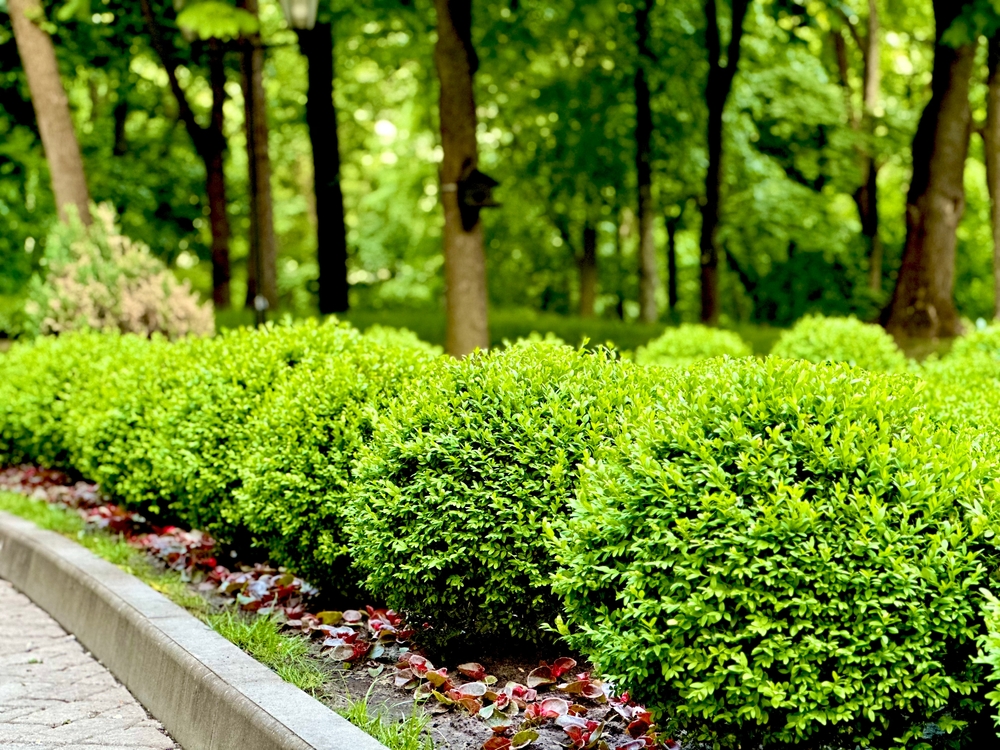
6. Boxwood if you want something more formal
Boxwood shrubs are a classic choice for anyone who wants a more organized living fence that can be used around flower beds or garden pathways. It’s dense, it’s evergreen, and it can be pruned into various shapes.
One popular variety is “Wintergreen” boxwood, which generally grows around four feet tall, which makes it perfect for those who want a lower fence that does not obstruct views.
Boxwoods are relatively slow-growing, so keep this in mind. Also, they have a distinctive smell that some people find unappealing. But this also offers you an advantage. The smell deters deer and other wildlife from nibbling on the plants.
If you want a nice organized garden that looks more formal, you can choose boxwood because it does a great job.
Take care of your living fence! Always have some pruning shears around: 3 Pack Garden Pruning Shears, Stainless Steel Garden Shears
Maybe you are an indoor gardener. Your passion is houseplants, and you know everything about them. In this case, maybe you are looking to use plants in order to make your home look more sophisticated. Want to find out more about this? Then you should read: 8 Luxurious Indoor Plants That Make Your Home Elegant

